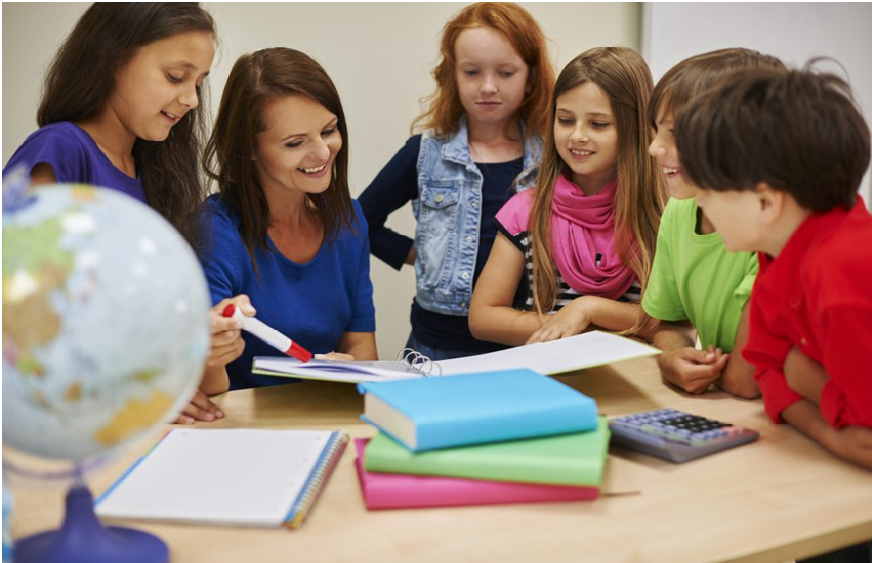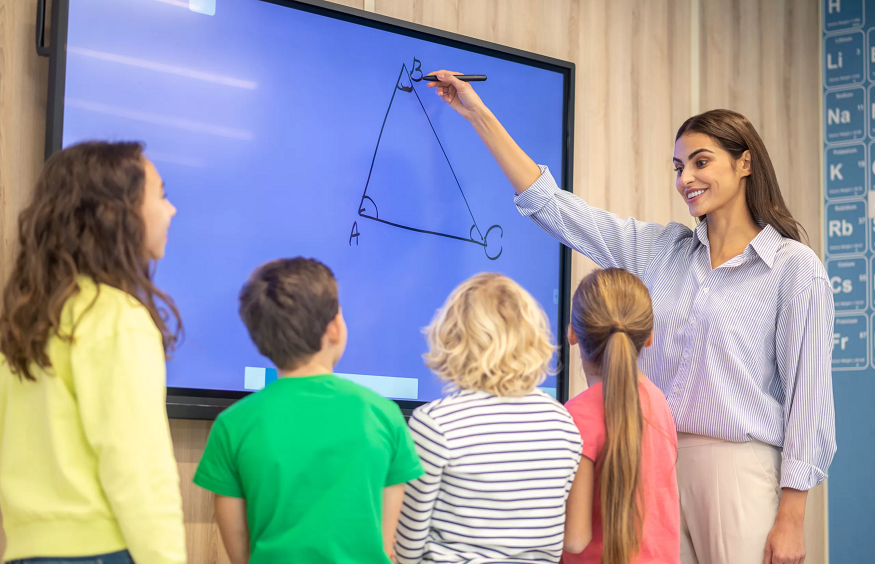You often hear that phrase – critical thinking. They say it’s not important to just learn raw information but to have a critical thinking attitude toward education. This is absolutely true.
But, why people say that it’s more important to be a critical thinker than to just have good grades? What does that help you with? Learn more about it here.
Why become a critical thinker?
When we’re kids, we learn things per se. We don’t ask too many questions. We see what our parents or teachers do, and we think this is the right way. If we have a negative influence while we’re young, we’ll grow up as bad individuals having a poor attitude toward the world.
That’s why experts suggest children become critical thinkers. Because this way, they are going to make decisions in the future based on their ability to go through details and realize what’s best for them, and the particular situation.
Also, it raises the learning capacity of the child. Those kids that manage to learn more when they are young, are going to have a much easier time studying as adults. Raising the capacity can be done through critical exercises.
In this article, we’re going to share a few ideas that you can try with your children. These exercises are proven to work and will make the capacity of your kids higher, making them more successful than others. Follow up for more!
Copying the adult’s behavior
We mentioned that kids love to copy the adults’ behavior when they are little. The younger the child, the more they’ll be likely to copy your behavior. Parents are the most responsible in this situation. They are the kids’ role models. Whatever they do, kids will think it’s the right way.
With this in mind, you can start the exercises for critical thinking by showing how it is done. What critical thinking means. Do what you expect them to do.
You can stand in front of them and start thinking aloud. Ask yourself questions about a particular problem. For example, you can pose the question to yourself about why wood burns and the metal isn’t. Of course, the choice of the question depends on the age of the children. Make sure it’s age-suitable.
Then, start thinking aloud. Ask yourself what is wood made of, and what is the metal made of? Then answer it. Proceed with how fire is made and maintained. Answer the question so kids can hear. Do this often, and show them that every question has a display of options and it’s not a one-option answer.
When they realize that every question is a matter of thinking and analyzing, they are going to start doing the same.
Panel discussion
The word panel is usually used for adults discussing a particular subject, but kids are nothing less than them, or at least shouldn’t be treated less. So, make a panel discussion with your children about a topic of your or their choice.
For example, watch a movie together or read a book. When you’re done, sit down together on the table and talk about what happened in that film or book. Discuss. Don’t just draw conclusions, but discuss.
It’s easy to conclude that in a particular book the hero battled the bad guy and won. It’s proof that we need to fight for the good things in life, but how does that make everyone feel? What was the best part of the book for the child? How can the conclusions use for our daily life? Is there something similar in the book’s hero and the kids’ daily activities?
All these questions will provoke the mind of the children to think outside the frame.
Use the three Cs
The three Cs are questions that help deeply in transforming the children’s brain from ordinary learning to a critical thinker. They are about Curiosity, Creation, and Concern.
The exercise is in the asking. Ask the kids what are they curious about? What are their favorite topics, what makes them happy to learn about, and what sparks their interest? The answers will make them feel like you value their ideas and will become even more interested in these topics.
Then, there’s the question – How do you want to create the world? Answering this question gives them the freedom to think widely about how they see the world. It makes them understand more about themselves and what is their role in making the world a better place.
Finally, the question about concern is – what are you concerned about? We ask our kids about meaningless things on daily basis, but children have deep concerns about highly serious topics. Most of them will surprise you. Helping them develop more interest in these areas will make them understand that their concerns are not unimportant.
Discuss about paintings
Most people have at least one painting in their home as a decorative piece. Use it for spiking the creativity in your kids and make them think more about it. This is a great exercise that will make them use critical thinking.
Stand in front of the painting and ask them what they think about it? They will probably share a short answer such as I like it or I don’t, but inspire them to look deeper into the problem. For example, if there’s a painted person on a horse, ask them what they think he or she is going to do?
Continue by asking is that good or bad regardless of the answer. Then ask why do they think it’s good, and how does that affect society? Making them think and expand their views is what critical thinking is. It’s coming out of the closed box with yes and no answers, or black and white points of view.
Conclusion
There are tons of other interesting ideas about kids learning critical thinking. Based on these few examples, you can easily broaden your options. See some more on this link: https://activity-mom.com/2015/05/critical-thinking-activities-toddlers-preschoolers/.
Everything around you can be good enough if you put it into perspective. The most important is to have fun with your children.






